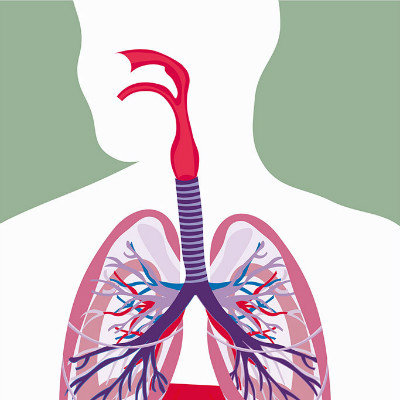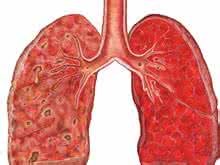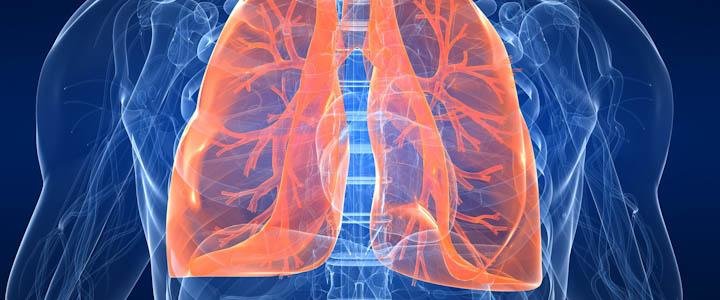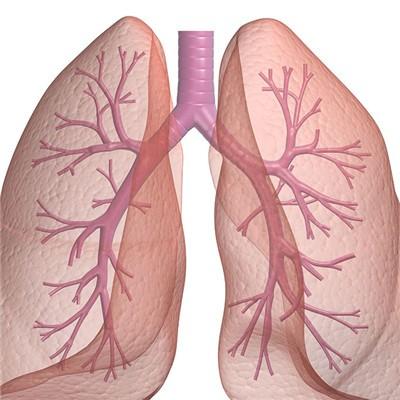The latest diagnostic criteria and staging of pneumoconiosis
summary
Pneumoconiosis is a lung disease caused by long-term inhalation of dust particles and long-term accumulation in the lungs. It usually evolves into a systemic disease. Pneumoconiosis patients mainly come from coal miners, professional construction workers and so on. The initial patients with pneumoconiosis cough is not obvious, but with the aggravation of the disease, cough will be more and more serious, and appear the symptoms of expectoration, even dyspnea, hemoptysis. The diagnostic criteria and staging of pneumoconiosis have been clearly defined in China. We should know more about this aspect.
The latest diagnostic criteria and staging of pneumoconiosis
GB / t16180 identification of industrial injury and disability degree of occupational disease 3 diagnostic principles: Based on reliable production dust exposure history, on-site labor hygiene investigation data, with qualified X-ray posteroanterior chest film performance as the main basis, with reference to dynamic observation data and pneumoconiosis epidemiological investigation, combined with clinical manifestations and laboratory examination, after excluding other similar lung diseases, The diagnosis and X-ray staging of pneumoconiosis were made according to the standard pneumoconiosis film.

X-ray chest film staging: no pneumoconiosis: X-ray chest film no pneumoconiosis; Chest X-ray findings are not enough to diagnose I. Stage I pneumoconiosis: there are small shadows with an overall density of grade 1, and the distribution range reaches at least two lung areas; Small shadows with overall density grade 1 were distributed in more than 4 lung areas, or small shadows with overall density grade 2 were distributed in 4 lung areas.

Stage II pneumoconiosis: there are small shadows with the overall density of grade 2, which are distributed in more than 4 lung areas; There may be small shadows with a total density of grade 3, distributed in four lung areas. There were small shadows with a total density of grade 3, distributed in more than 4 lung areas; Or there are small shadows gathering; There may be large shadow, but it is not enough to be diagnosed as Ⅲ. Stage III pneumoconiosis: there are large shadows, the long diameter is not less than 20 mm, the short diameter is not less than 10 mm. The area of single large shadow or the sum of multiple large shadow areas exceeds the area of right upper lung.

matters needing attention
Pneumoconiosis patients should be transferred from the dust work area in time, and timely to the hospital for examination and treatment. Workers who have been engaged in dust work for a long time should pay attention to reduce dust inhalation, such as wearing isolation masks, and regularly go to the hospital for examination to prevent the occurrence of pneumoconiosis.








